WILDLIFE MANAGEMENT OP-ED
The scientific evidence is clear — elephants are affecting biodiversity in the Kruger National Park
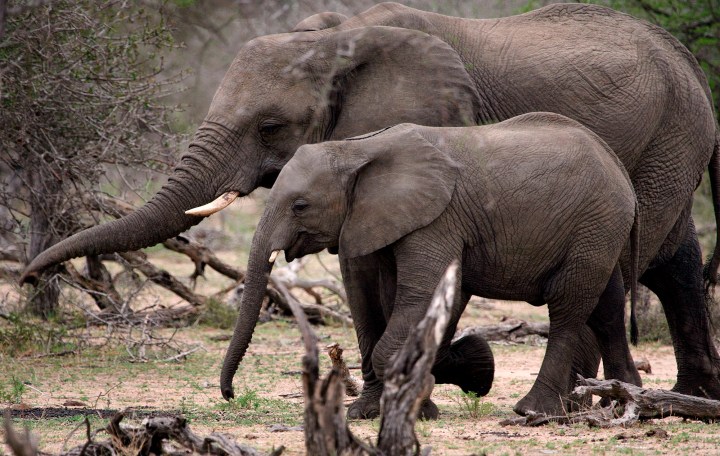
Elephants are important and sentient animals. This makes any discussion about their management difficult and thus the debate about elephant numbers in the Kruger National Park should be based on the best data available, not heated discussions.
There is no doubt that present African elephant populations and distributions are a fraction of what they were a few hundred years ago. Therefore, given this decline, any suggestions that elephant populations are too high in areas where they are still extant, such as the Kruger National Park (KNP), need to be carefully and scientifically argued.
In an article in Daily Maverick, the journalist Don Pinnock has now presented a perspective suggesting that it is a myth that there are too many elephants in the Kruger National Park. In its place he has promoted the Goldilocks myth… elephant numbers are just right. He avoided any references to the large amount of research showing that high elephant densities reduce trees and biodiversity. Pinnock should have at least presented the data for both sides of the argument.
He declared that we will never know what historical elephant numbers were and that science is unable to specify elephant carrying capacities. But there are chances to reconstruct the past using scientific tools — including archaeology, isotopes, pollen and modelling. Setting carrying capacities for elephants and biodiversity is tough, but within scientific reach.
However, we know from studies of over-grazing that the limit to the long-term survival of all of biodiversity is long before the last blade of grass is eaten and before the population growth of the herbivores involved is in decline. This over-browsed/grazed state is neither the carrying capacity for elephants nor biodiversity.
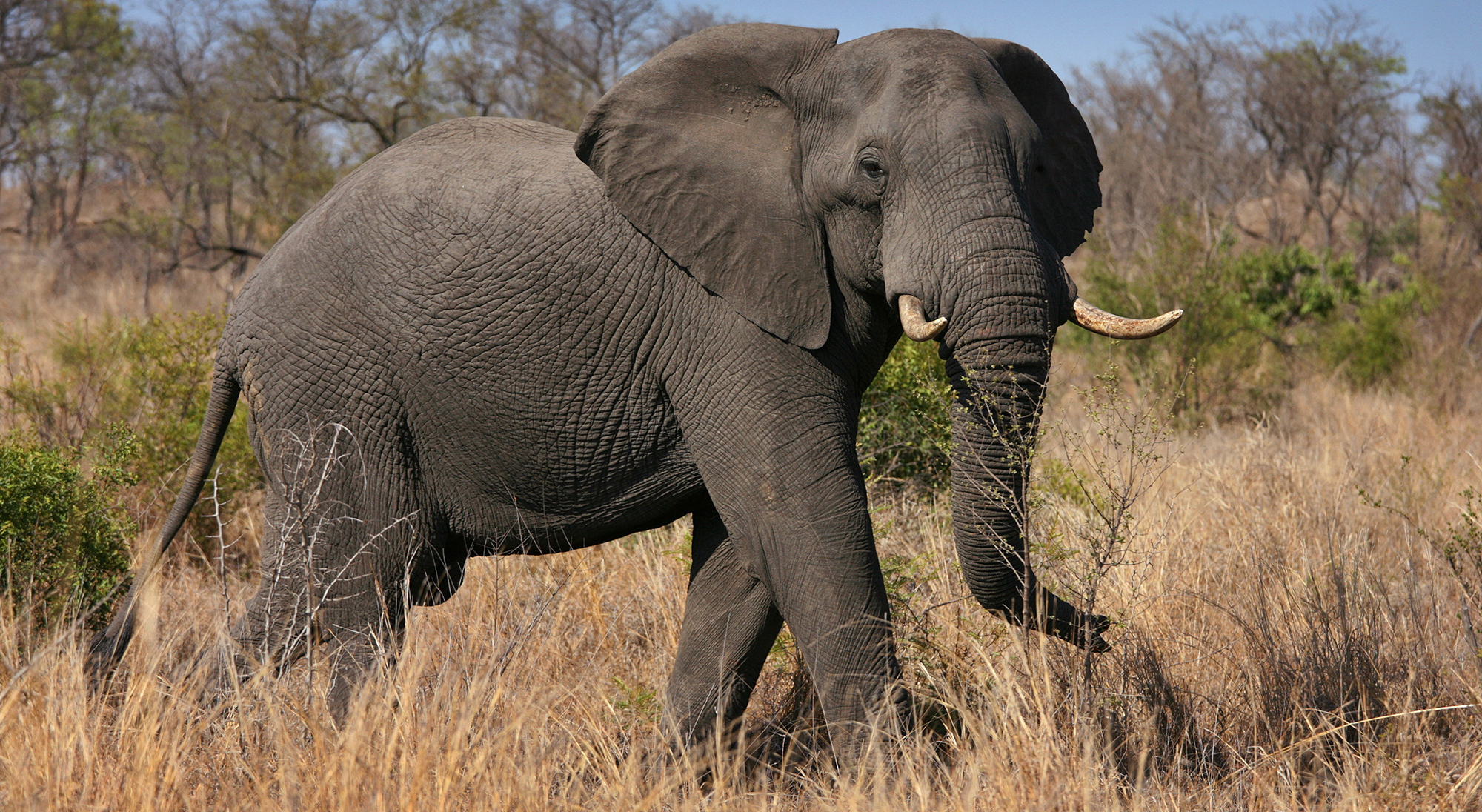
Elephants cannot be substituted by other animals to effectively crack the fruits of marula, lala palm, torchwoods and other large-seeded hard fruits. (Photo: EPA / Jon Hrusa)
Pinnock’s response seems to have been motivated by an article I co-authored. To set the record straight, I have been interested in both the positive and negative impacts of elephants, as far as trees are concerned.
For instance, we showed that elephants are crucial in the dispersal of several savanna plant species. The importance of fruits being eaten by elephants is not due to the acid in elephant stomachs, as suggested by Pinnock, but due to their being chewed by elephants.
In other words, elephants cannot be substituted by other animals to effectively crack the fruits of marula, lala palm, torchwoods and other large-seeded hard fruits. The question then is not whether to have elephants, but how many.
Elephant bulls push over trees, not for feeding, but as part of male behaviour. We have also shown that elephants and fire can together damage and kill stems much larger than either could do alone; elephants damage the bark to let the fire in.
We showed that elephants are presently rendering common widespread tree species, such as the lala palm, sterile in KNP. This is because elephants break the stems which keep these plants too small and too short to produce flowers and fruits, and this occurs on a vast geographic scale.
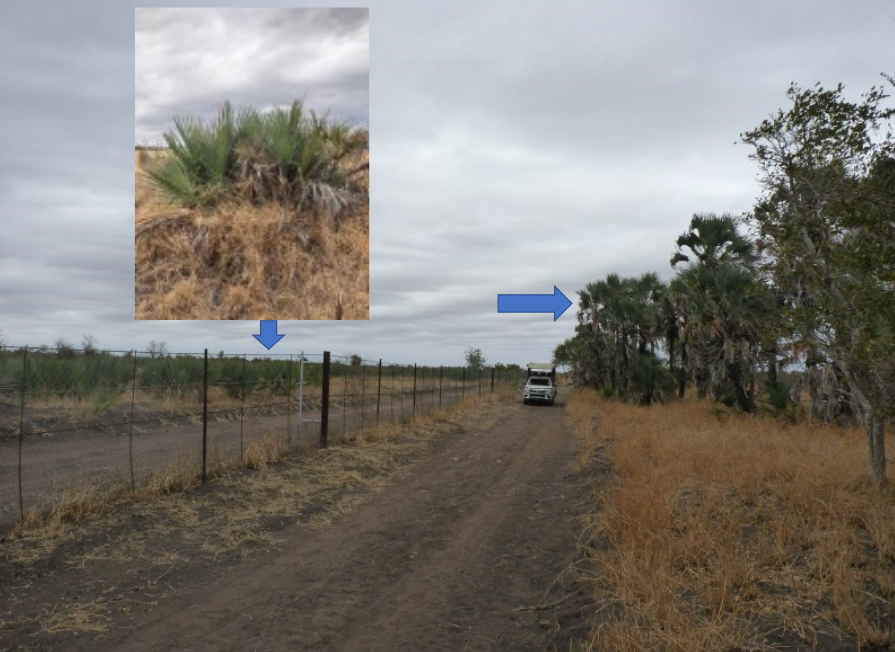
Between a rock and a hard place for many savanna trees. Take Hyphaene species (lala palm). They need elephants to disperse the large hard fruits. However, where there are too many elephants, they occur as sterile, resprouting shrubs (arrow outside the exclosure fence) compared to large reproductive trees arrow (inside the fence) where they are protected from elephants. Below, this impact on trees is clearly visible even on Google Earth at the Nwaxitshumbe exclosure (22° 46ʹ 44.48″ S, 31° 15ʹ 32.24″ E) in KNP.
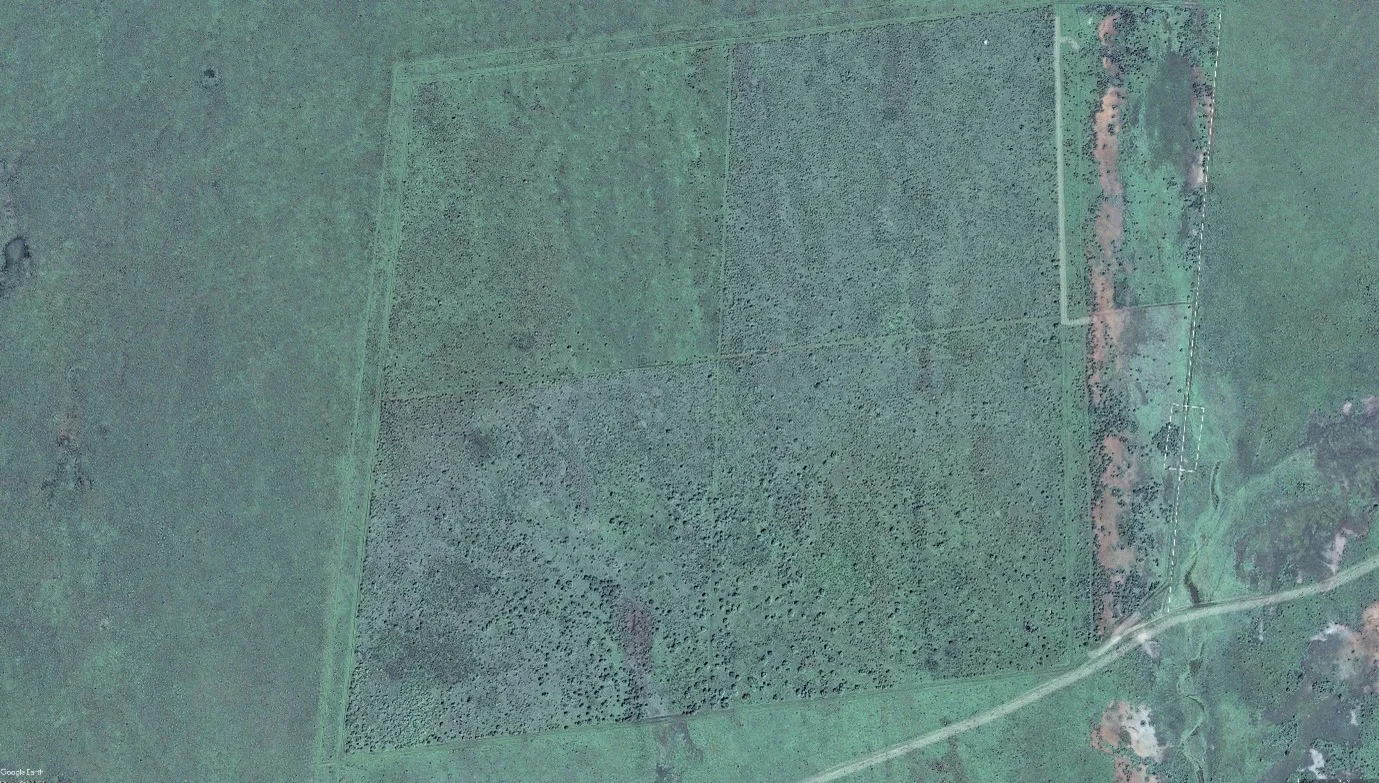
These tree species are still present as short resprouters, but in an evolutionary sense, if they continue to remain sterile, they are not there… they are the living dead. Being kept in a short, sterile state will have consequences for animals that depend on their flowers (eg pollinators), fruits (eg dispersers, seed-eaters) and on large stems (eg for nests) and for the evolution and dispersal of these plant species themselves.
The point here is that the situation for trees and biodiversity dependent on the reproductive products of these trees is worse than it seems.
Pinnock cited research showing that elephant populations did not increase during droughts. Did he mean they did not decrease? The paper he cited, and others clearly show that elephant distributions are dependent on water. Since managers have increased water availability to elephants, this likely implies there are more elephants now than ever historically.
Pinnock cited a paper that showed that heterogeneity of KNP, as measured by Landsat, has not decreased over the last 30 years and therefore it cannot be argued that elephants are trashing KNP. This is surprising because much research has shown high rates of elephant damage to trees.
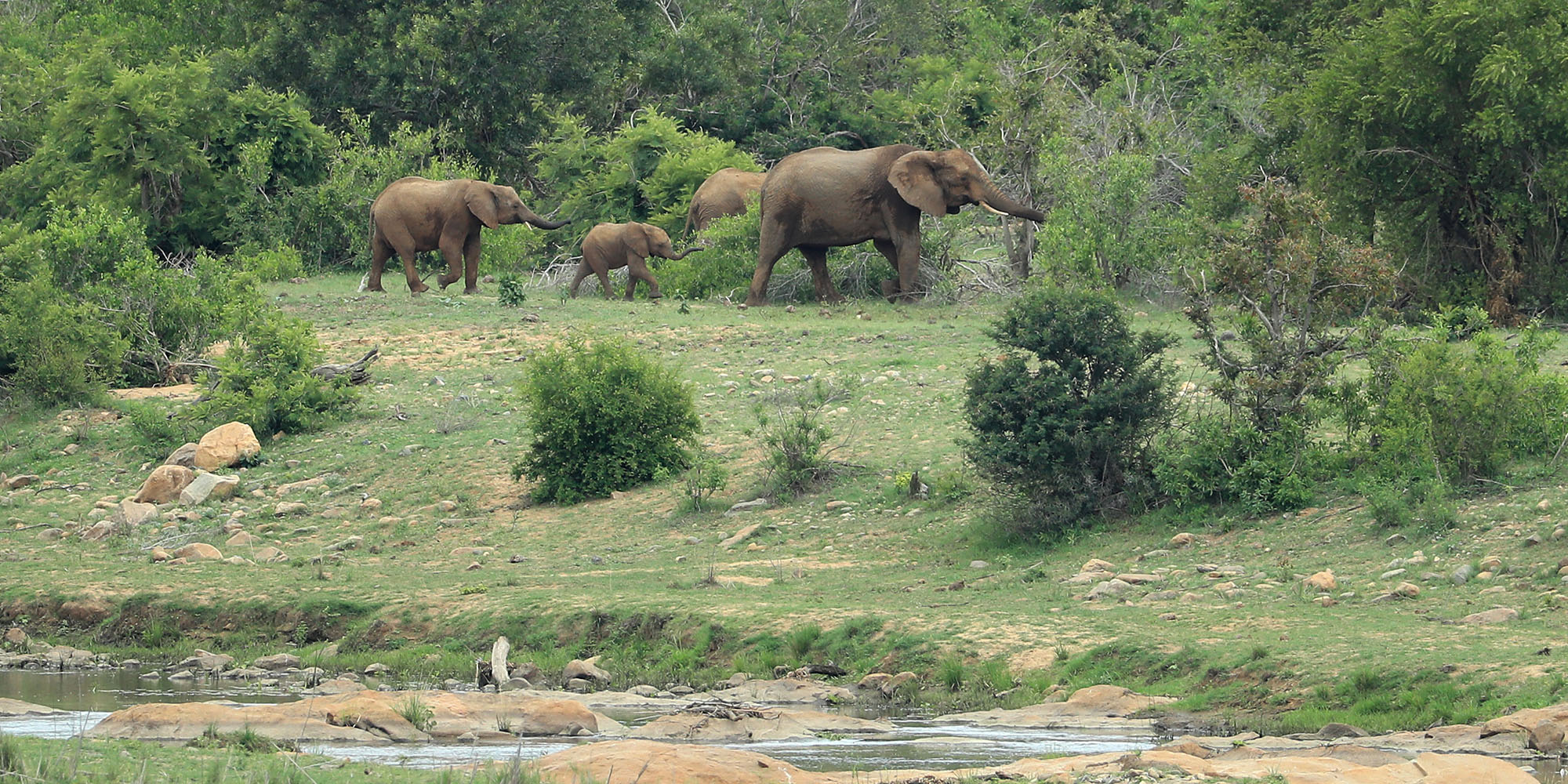
Elephants are important and sentient animals. This makes any discussion about their management difficult and thus the debate about elephant numbers in KNP should be based on the best data available. (Photo: Richard Heathcote / Getty Images)
Landsat is a rather coarse scale (30m x 30m scale) and so it remains to be seen whether trees broken by elephants but still present in the landscape, will be detectable at this scale.
What then should elephant densities be? One perspective is to attempt to determine what precolonial elephant densities were. To begin to answer this question, we considered a broad spectrum of archaeological and ecological evidence.
We argued that archaeological evidence of mass elephant kills, widespread elephant hunting technology including large spears, bows and pits as well as elephant poison use and trading and the presence of ivory artefacts together suggest an important role for people in limiting elephant densities.
We also used a tree perspective, such as considering the population ecology of long-lived baobabs. They are declining in KNP (few births, many deaths, documented elephant damage) and often now only occur on steep slopes that are inaccessible to elephants. The lack of baobab recruits, the presence of only large old individuals and individuals on steep slopes could be evidence that there were fewer elephants historically, and that this allowed baobabs to be more widespread and to recruit.
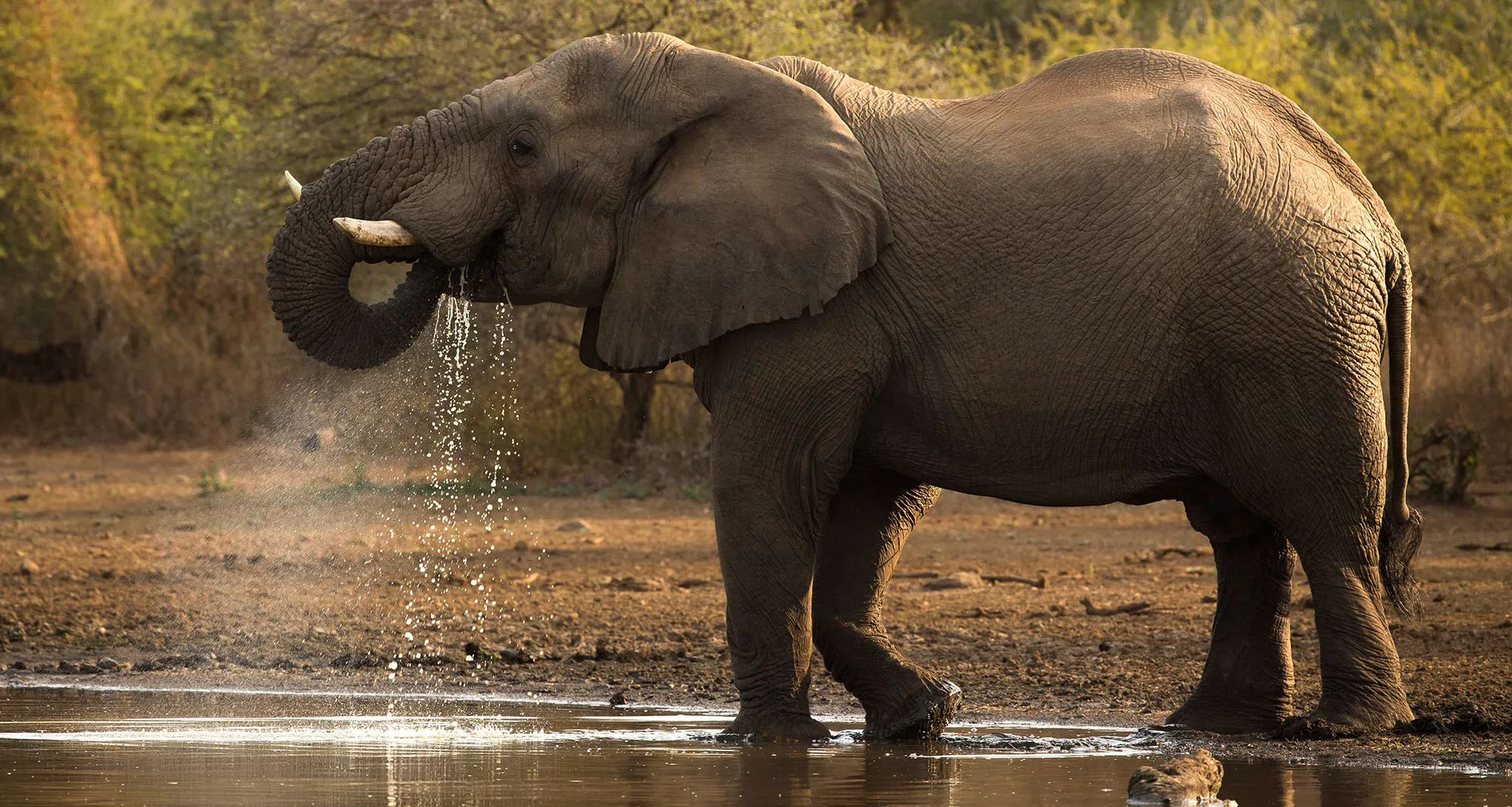
Since managers have increased water availability to elephants in the Kruger Park, this likely implies there are more elephants now than ever historically. (Photo: Dan Kitwood / Getty Images)
Our paper is a beginning to synthesise diverse information on precolonial elephant densities and suggests that they were not as high as presently at KNP. Pinnock simply dismissed our effort as being dependent “on personal opinion formed through experiences, anecdotes, numbers, rates of growth, limited visual impressions and hearsay”.
Elephants are important and sentient animals. This makes any discussion about their management difficult and thus the debate about elephant numbers in KNP should be based on the best data available, not heated discussions.
Pinnock’s use of descriptions such as “shrill complaints”, “rippled with elephants”, “mountains of meat” does not help to keep the temperature down. DM/OBP
Prof Jeremy Midgley is Emeritus Professor in the Department of Biological Sciences at the University of Cape Town.
[hearken id=”daily-maverick/9419″]





















 Become an Insider
Become an Insider
Well reasoned article and interesting to note the research to determine the historic populations.
As a journalist and not an academic specialising in the field of elephant impact on their environment, I mtook information from a wide range of sources as seemed reasonably possible (elephant literature is vast).
My article was not motivated by your paper (nor was it a refutation). I consulted at least 5 other scientific studies on the subject plus SANParks reports, answers to questions in Parliament and the chapter by Garth Thompson – Constant gardners of the Wild – in the book on elep-hants I co-authored with Colin Bell: The Last Elephants (Smithsonian 2019). I also had it checked by the SANParks science department.
I acknowledge your research, but it is not the only research. Smit, Peel, Ferreira, Greaver & Pienaar (2020) note that elephjants are important in decreasing bush encroachment and are not close to source limitation in Kruger. The last point is agreed on by Purdon, Mole, Selier-South, Kruger, mMafymo & Oliver (2022) who add that elephant action has resulted in no decrease in heterogenity within Greater Kruger. Gillson &n Lindsay (2002) who you quote in your paper say that present elephant impacts seen as destructive or causing degredation are value judgements.
On your objection to my comment that stomach acid is involved in germination, I offer this quote from Cochrane (2003): Acid in elephants’ digestive systems can also help with the seed germination of some plant species, whilst the dung boli provides a fertile environment for germination, and, from Lewis (2003): Marula (Sclerocarya birrea) seeds germinate at a more rapid pace if passed through an elephant’s digestive system, as the acid treatment weakens the operculum surrounding each seed, promoting germination (Lewis 1987).
Of course it’s not just about elephants, but their management, which is taking place in Kruger on the basis of considerable accumulated knowledge. This was flagged in an answer in Parliament by the Department of Forestry, Fisheries and Environment in relation to the intensity of elephant use of their environment (INTERNAL QUESTION PAPER NO. 32 of 2021): “Zones of increased vigilance are used to identify elephant impact areas (EIAs) where the intensity of use is influenced by various factors which may drive undesirable impacts on biodiversity at a local scale. The outcome of the implementation of zones of increased vigilance is intended to ensure that elephants reduce the use of areas where they are impacting negatively on the local biodiversity.”